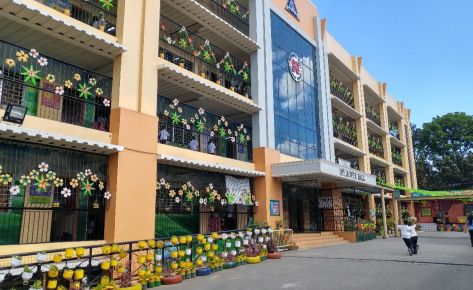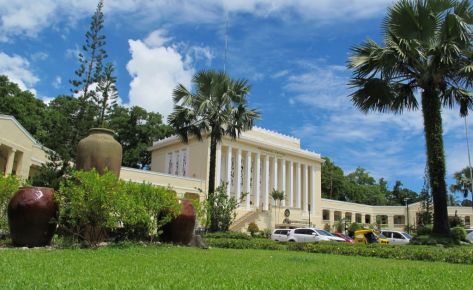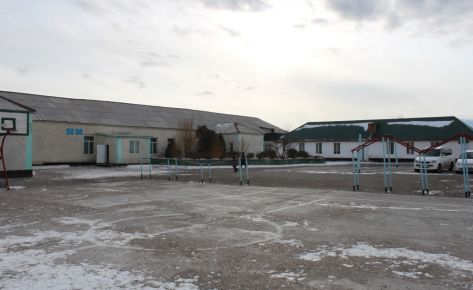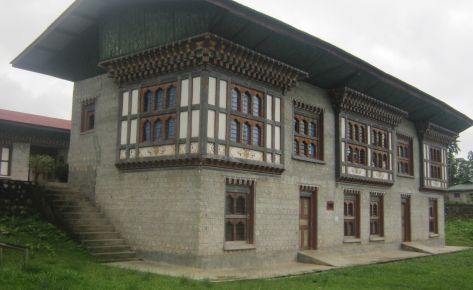Bhutan has been affected by several earthquakes over the last Century that have confirmed the high seismic activity of the country. Both the M6.1 earthquake of 21th September 2009 in Eastern Bhutan and the M6.8 earthquake of 18th September 2011 in Sikkim, which principally affected Western Bhutan, have claimed numerous lives and caused severe damages to buildings.
In a country like Bhutan, the historical and cultural value of the building tradition, as well as the peculiar typologies and technologies, are considered highly important. The historic buildings, furthermore, as in most seismic areas, were not designed in accordance with the modern seismic standards or even without seismic provisions. It is, therefore, necessary to imprint on all levels of the population, the conscience and knowledge of the appropriate instruments to reduce loss of lives and property damage in the event of an earthquake. So, the strategy for disseminating both of conscience and knowledge has to start from technicians, pass through the artisans and masons to reach, finally, the common people.
The “Bhutan: Improving Resilience to Seismic Risk” Project has just the objective to improve the understanding of earthquake risk in Bhutan, as well as opportunities and challenges associated with its mitigation. The Royal Government of Bhutan (RGoB) has received a Grant in support of Seismic Resilience Project from the World Bank, acting as administrator of grant funds provided by the Government of Japan under the Japan Policy and Human Resources Development (PHRD) Technical Assistance Program to Support Disaster Reduction and Recovery.
The Seismic Resilience Project consists of five components. The second component namely “NATIONAL VULNERABILITY ASSESSMENT AND PILOT RETROFITTING” includes provision of technical assistance and consulting services.
The Joint Venture “ALL Ingegneria” & “AIRES Ingegneria” has been charged with the assignment for consulting service for “Retrofitting Design, Implementation and Vulnerability Assessment”.
The objectives of the assignment are:
- Development and implementation of retrofit schemes for four public structures to serve as practical pilot examples/guide for engineers, local artisans and home owners in carrying out future retrofit works of similar nature in the country;
- Development of vulnerability assessment guidelines for the different building typologies existing in Bhutan to enable the RGoB to carry out vulnerability assessment and forecast risk;
- Build capacity of Bhutanese engineers on retrofitting and vulnerability assessment through relevant trainings (theoretical as well as hands-on);
- Build capacity of local artisans primarily through hands-on training in the retrofitting projects.
BUILDING SITES OBJECT OF RETROFITTING AND VULNERABILITY ASSESSMENT:
SITE n.1: Wangdue
SITE n.2: Gelephu
SITE n.3: Samtse
SITE n.4: Bjemina












